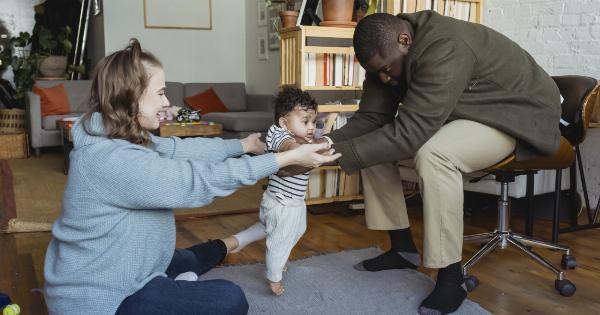Autism spectrum disorder (ASD) is a neurodevelopmental disorder that affects communication and social interaction.
It affects an estimated 1 in 54 children in the United States, and while there is no cure, there are many therapies and interventions that can help children with autism build skills and improve their quality of life.
The Role of Technology in Autism Education
Technology has revolutionized the way we learn, and that includes the way we teach and support students with autism. There are many tools and technologies that can assist with autism education, including apps, virtual reality, and robotics.
Robots, in particular, have shown promise in helping students with autism build social skills and improve communication:.
What is Leo the Robot?
Leo the Robot is an interactive robot developed by a team of researchers at the University of Notre Dame. It was designed specifically to help children with autism build social and communication skills in a fun, engaging way.
Leo is a small, humanoid robot that can move its arms, legs, and head, and has a touch-sensitive LCD screen on its chest. It can play games, dance, and interact with children through natural language processing and facial recognition technology.
How Leo Works
Leo is programmed with a curriculum specifically developed for children with autism, and can be customized to suit the needs and strengths of individual students.
Some of the skills Leo can help children with include:.
- Initiating and maintaining eye contact
- Recognizing and interpreting facial expressions
- Finding common ground with peers
- Understand emotions and the appropriate ways to respond to them
Leo can interact with students through pre-programmed games and exercises, or through free-form conversation. The robot can respond to students’ answers and feedback, and can adjust its approach based on their progress.
The Benefits of Using Leo the Robot
There are many benefits to using Leo the Robot as a tool for autism education, including:.
- Leo is non-judgmental and non-threatening, which can help students with autism feel more comfortable and confident during social interactions.
- Leo provides immediate feedback and reinforcement, which can be especially beneficial for children with autism who may struggle with delayed gratification and reinforcement.
- Leo can provide a consistent and standard curriculum, which can be especially helpful for students who may struggle with changes in routine or difficulty processing complex social cues.
Leo on the Autism Learning Curve
Leo the Robot is still a relatively new tool, but it has already shown promise in helping students with autism build social and communication skills.
One study conducted by researchers at the University of Notre Dame found that children who worked with Leo were more likely to engage in positive social behaviors, such as eye contact, turn-taking, and communication, than those who did not work with the robot.
Another study conducted by Temple University researchers found that children who worked with Leo showed significant improvements in initiating social interactions and maintaining eye contact compared to those who did not work with the robot.
The Future of Autism Education with Leo the Robot
As researchers and educators continue to explore the potential of Leo the Robot and other technological tools for autism education, there are many exciting possibilities on the horizon.
For example, advances in virtual reality technology could allow students with autism to practice social skills in a safe, controlled environment, while new developments in artificial intelligence could allow Leo and other robots to respond even more accurately and effectively to students’ needs.
Conclusion
Leo the Robot is an innovative tool for autism education that has shown promise in helping children with autism build social and communication skills.
While there is still much to learn about the potential of robotic technology in autism education, Leo represents an exciting step towards a more personalized and effective approach to autism therapy.































